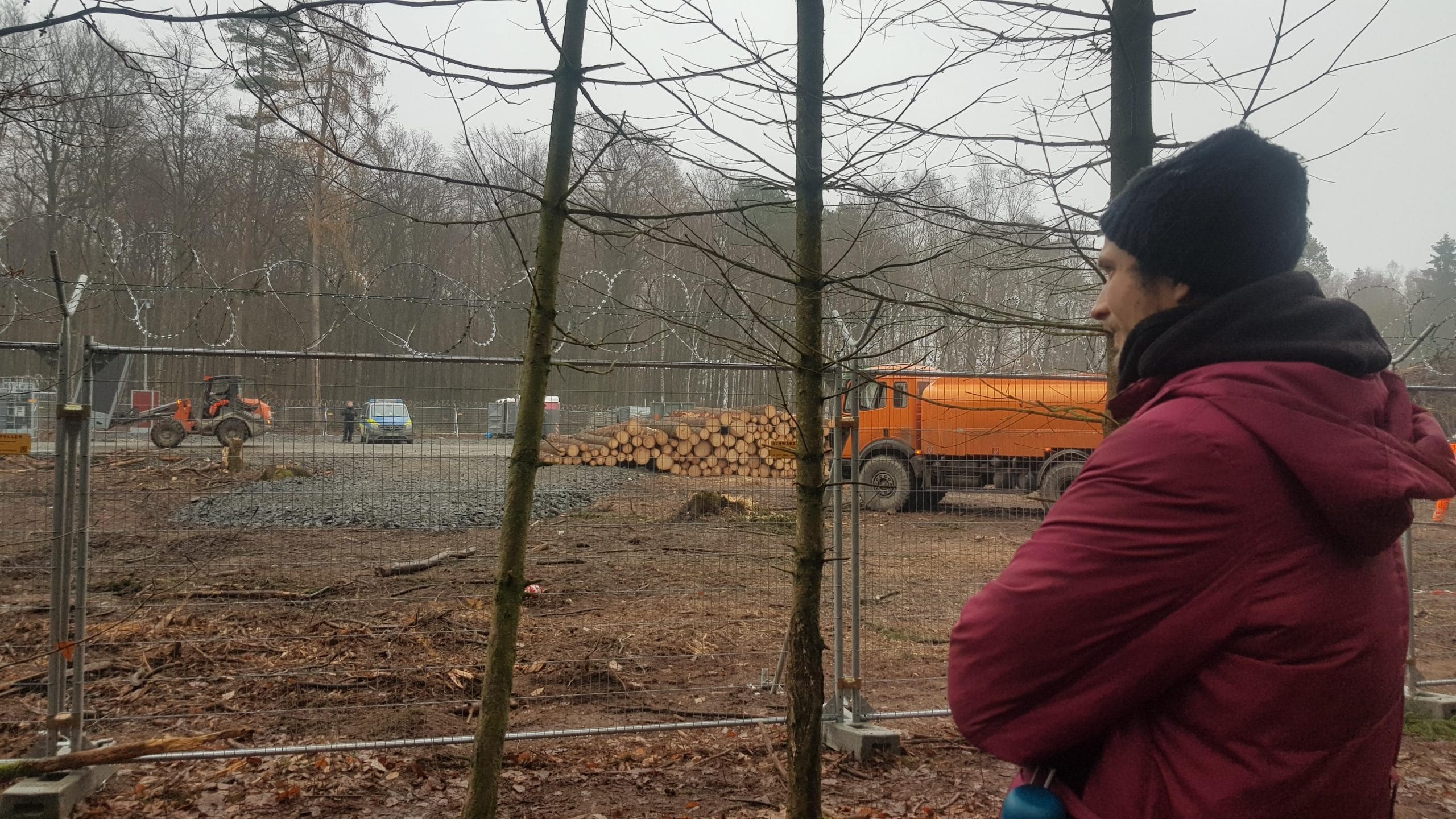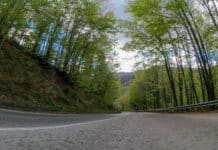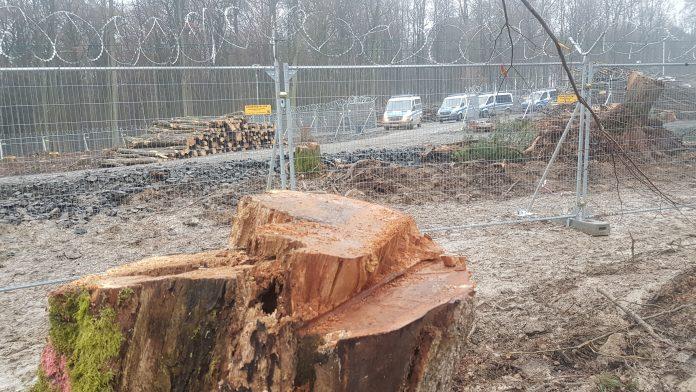
“The seeds from these trees grow inside of us,” sang the climate activists from the Dannenröder (Danni) forest in Germany when I met them in December. In the past few days, they had witnessed the felling of the last two trees – ‘Grandpa’ and ‘Grandchild’ – that were standing in the way of the expansion plans for the A49 autobahn.
Their week had been particularly exhausting as they had gotten evicted one by one from their treehouses in the Hessenian forest. What they now called home instead were hundreds of tents and RVs placed on the woodland edge.
The occupation of the forest had started over a year ago, after it had become known that 27 hectares (67 acres) of the centuries-old forest needed to be cleared to make way for a 3 km section of a planned expansion of the A49 autobahn.

The decision had been met with a wave of protests organised by locals, activists from all over Germany and even from abroad. In the run-up to the recent evictions, activists had hung themselves from bridges, tied themselves to trees, blocked highways, signed petitions and filed lawsuits in order to prevent the felling.
All these actions were seen as “absolutely exceptional” by Michael Zarth from DEGES – the company managing the A49 expansion and more than a 100 other autobahn projects across Germany. He admitted that there were often “celebrations” as new infrastructural projects were started but such were usually organised by the locals and finished as soon as the legitimacy of the construction was proven in front of the relevant authorities.
This had not been the case in the Danni forest as thousands of activists had participated in the resistance in spite of the approvals granted in court. Zarth shared his belief that this had happened as the Danni forest had turned into a “symbol for the intervention we’re doing to the environment” as a whole.

Even after seeing all the resistance of the people, however, the company didn’t feel like ‘the bad guy’ in this situation as it had simply been executing a decision made by the German parliaments. This didn’t prevent the environmentalists from blaming DEGES for complicity, however.
Nevertheless, Zarth speculates that “not everyone was there for the trees” as some had just seen the forest occupation as an opportunity to fight against the government and the police. This claim was dismissed by the activists who said that many side factors contribute to the strengthening of their community but at the core would always be their love for the Danni forest.
As main reasons for their resistance, the protesters noted the many endangered species living in the region and the existence of an essential water reserve just underneath, serving the needs of over 500 000 people. It was always made clear, however, that the activists were against the creation of more autobahns as a whole.
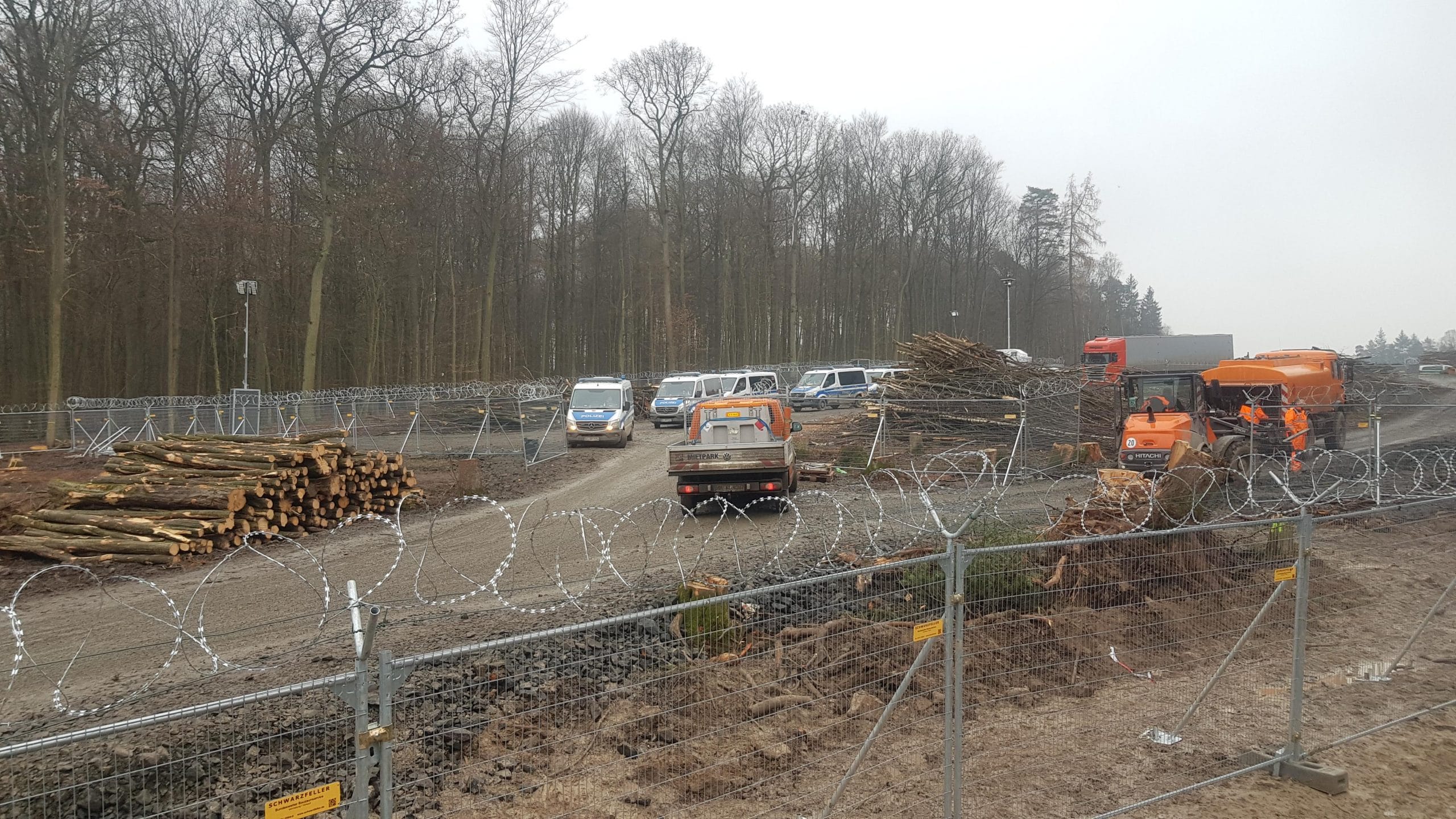
That is why, even after the trace had been cleared, hundreds of activists were still battling the rain and the snow near Dannenrod. Some of them, such as Olivia, had arrived there just days before the last treehouse had been taken down but were determined to stay in order to participate in the discussions about what comes next.
While some activists stayed in Dannenrod to monitor the constructions, others moved to other similar camps or went home to recharge and share their knowledge and experience with the environmentalists in their local communities. They agree, however, that the fight against autobahn expansions is far from over.
The protesters think that the creation of autobahns might have been an appropriate strategy for eradicating unemployment after WWI but continuing to do that now would be “backwards-looking”, considering the need for policies that promote the green transition.
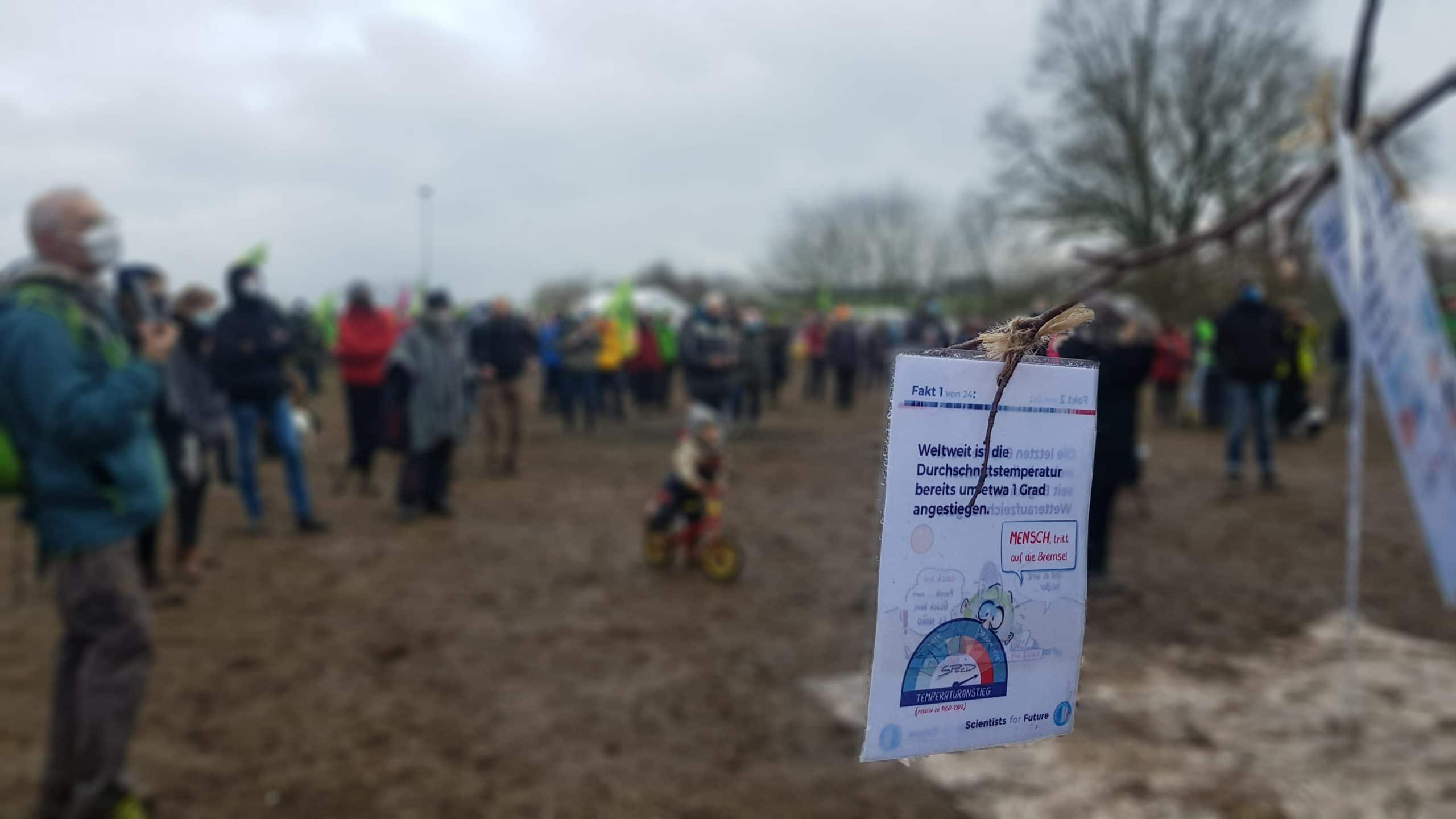
Germany boasts 13 000 km of autobahns and is a close second regarding that in Europe, after Spain. The plans are by 2030 the network to grow to up to 14 000 km. The activists want, instead of that, the money to be used for improving the existing road infrastructure, encouraging cycling, and investing in public transport (buses and trains) that could then allow for more efficient transportation.
Gekko from Spain thinks that creating more autobahns would be like putting a plaster on a broken leg. “The government can’t continue building more and more roads if it’s pushing for a greener future at the same time,” the young activist shared.
Environmental organisations are also supportive of this statement. Benjamin Stephan from Greenpeace noted that research of theirs had concluded that the number of cars in the EU needs to drop by half by 2040 in order to meet the Paris Agreement’s targets.
In order to be able to manage with around half of all cars, the German government should be working on improving the alternative means of transportation.
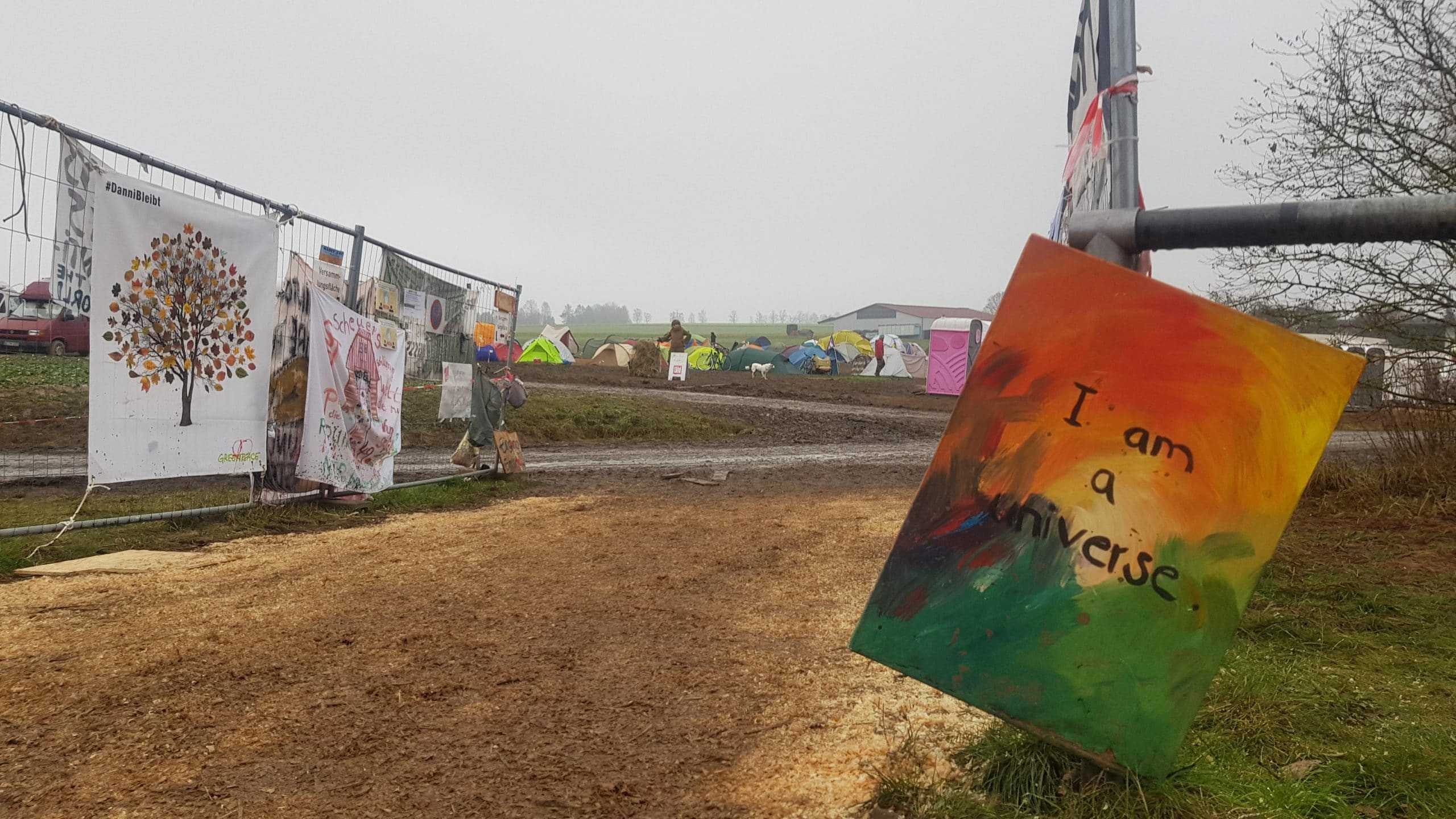
The Chairman of the Federation for the Environment and Nature Conservation (BUND) Olaf Bandt also noted earlier in October that the limited tax funds should be used for a well-developed public transport system that can also free rural citizens from their dependency on cars “through a reliable and affordable alternative”.
But the transport ministry claims to be doing that by investing progressively in rail. “In the future, for the first time, more money will flow into the railways than into road infrastructure,” a spokesperson for the BMVI said. The ministry also makes use of the current infrastructure by investing in the creation of additional lanes for 3000 km of existing roads.
Regarding the situation in the Danni forest the Hessian Minister for Environment, Energy, Transport and Housing Tarek Al-Wazir had been under scrutiny. As he is a representative of the Green party, the activists expected him to find a way to prevent the felling but he couldn’t.
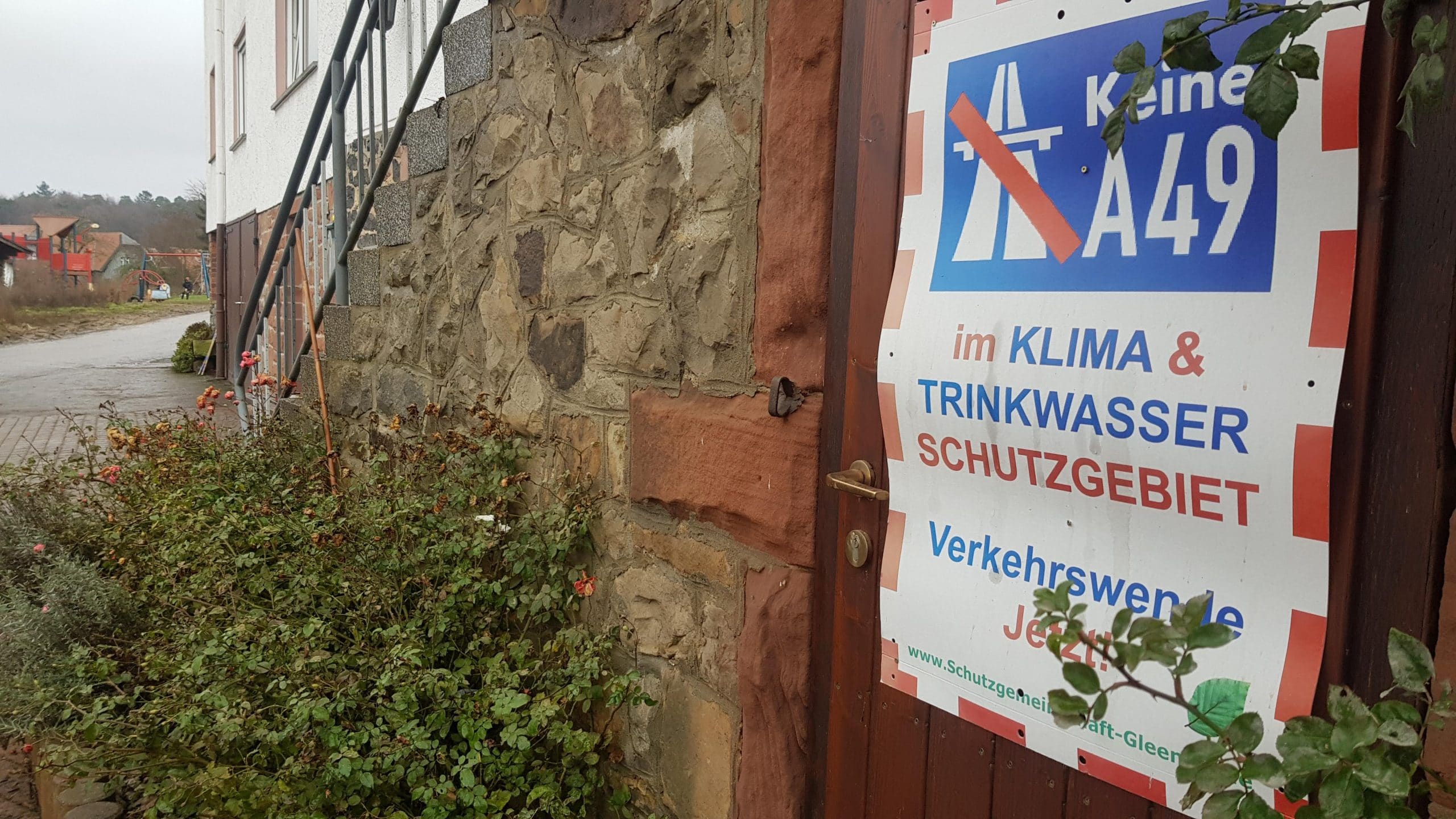
This deepened the rift between the Green party and its supporters with protesters going as far as to occupy the party’s headquarters in October. The Greens were accused of becoming a ‘car party’ that advocates for action but doesn’t do enough in practice, even in those states in which it is part of the governing coalition.
The party is now trying to balance the radical wishes of many activists, the interests of the badly hit by the COVID pandemic automobile industry, and those of the eco-bourgeoisies that want to drive an electric car but demand proper roads for that.
“Be careful not to radicalise yourself to the point of disconnection,” the Green party’s co-founder Fritz Khan told protesters in November.
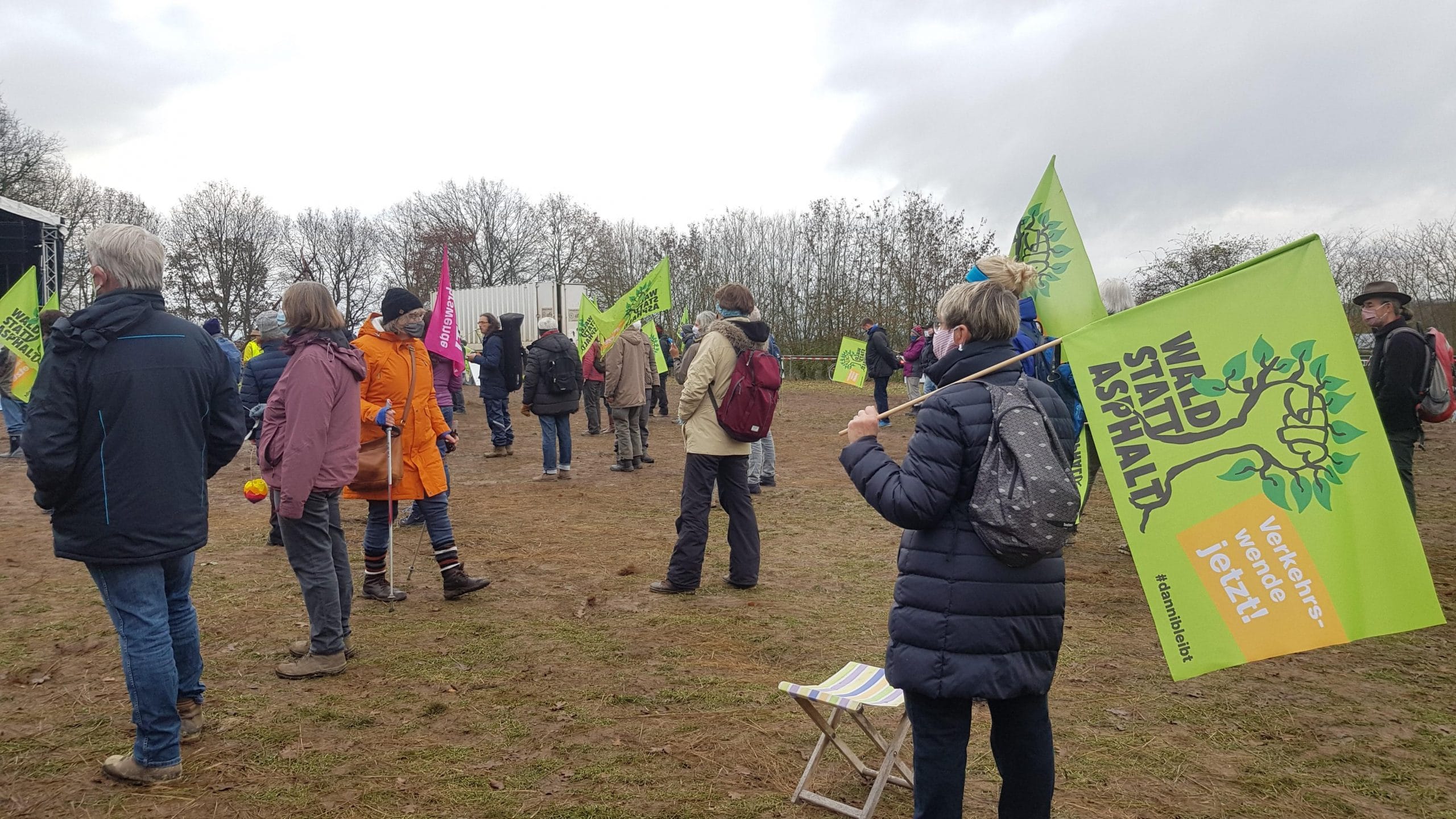
As disappointed activists from the Fridays for Future movement and other organisations are pledging their support to the newly created ‘Climate list’, the Greens are trying to adapt and earn back the trust of their voters in the run-up to the federal elections this September.
They have recently called for a moratorium on the construction of new autobahns and state roads. They are also requesting a fundamental review of the country’s transport policy, which in 2016 resulted in the creation of the Federal Transport Infrastructure Plan for 2030. The activists claim that the plan doesn’t take into consideration the environment enough. In response, the BMVI said the following:
Whether road construction projects are included in it depended on the results of a macroeconomic assessment. In addition, a cost-benefit analysis, spatial planning, urban planning, environmental and nature conservation assessments were carried out.
The hundreds of protesters in the Danni forest, however, didn’t seem convinced by the ministry’s good intentions and are planning their next move.
